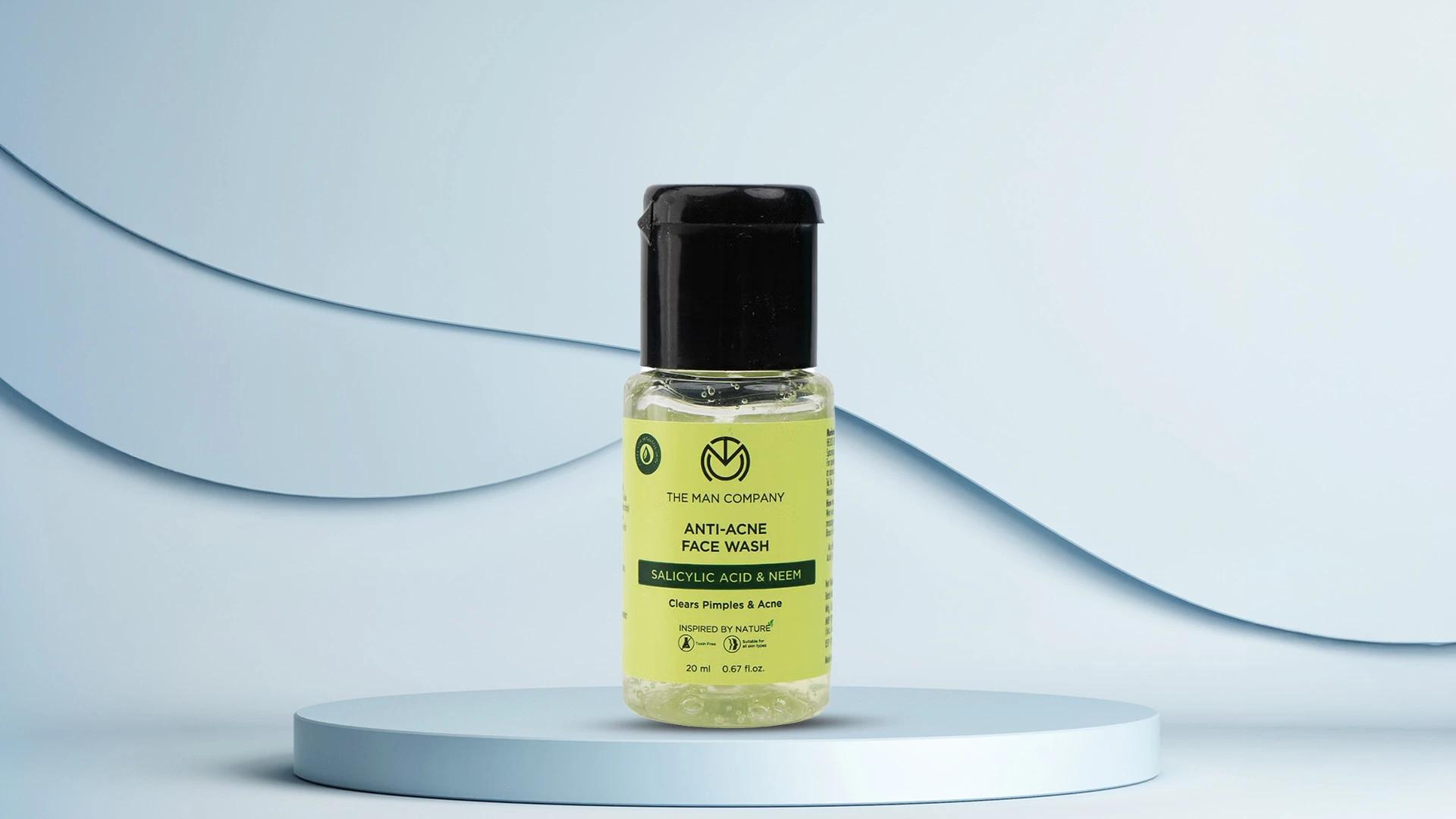Real talk—salicylic acid face wash is your skin's best mate when it comes to tackling acne, blackheads, and oily skin drama. This BHA skincare hero works by gently exfoliating dead skin cells whilst diving deep into your pores to clear out all the gunk. But here's the thing: using it wrong can leave your skin feeling tight, irritated, or worse. The good news? Once you master the proper technique, this acne-fighting cleanser becomes your go-to for clearer, smoother skin. Whether you're dealing with stubborn breakouts or just want that fresh-faced glow, we've got your back with this step-by-step guide that'll turn you into a salicylic acid pro.
Understanding Salicylic Acid Face Wash
Salicylic acid is a **beta hydroxy acid (BHA)** that's basically a gentle exfoliating powerhouse. Unlike other acids that work on the surface, this clever ingredient is oil-soluble, which means it can penetrate through sebum and get right into your pores. Think of it as your personal pore-clearing detective—it goes where the action is and sorts out the mess from within.
The magic happens when salicylic acid breaks down the bonds between dead skin cells, making them easier to shed. This process helps prevent clogged pores whilst keeping your skin's texture smooth and refined. Your skin gets that deep pore cleansing it's been craving, without the harsh scrubbing that can cause irritation.
Types of Salicylic Acid Cleansers
**Gel-based formulas** are perfect for oily and acne-prone skin types. They tend to have a lighter feel and provide excellent oil-control benefits whilst delivering that blackhead-removing action you're after.
**Foaming cleansers** work brilliantly if you love that satisfying lather. These anti-blemish face wash options are great for combination skin, giving you thorough cleansing without overdrying.
**Cream cleansers** are your best bet if you have sensitive or dry skin. They offer the benefits of salicylic acid whilst providing extra hydration—basically the gentle exfoliating cleanser of your dreams.
Preparing Your Skin for Salicylic Acid Face Wash
Before you dive headfirst into using any new skincare product, let's chat about prep work. Your skin deserves a proper introduction to salicylic acid, especially if you're new to BHA skincare. Think of it like introducing two friends—you want them to get along, not clash.
Always start with a **patch test** 24-48 hours before full use. Apply a small amount behind your ear or on your inner wrist, then wait to see how your skin reacts. If you notice redness, itching, or irritation, this particular formula might not be your match.
Identifying Your Skin Type
**Oily skin** can typically handle salicylic acid face wash daily, sometimes even twice a day. Your skin produces enough natural oils to buffer the drying effects, making this skin-clarifying wash a perfect match.
**Combination skin** works best with targeted application. Use the cleanser on your T-zone where you need that oil-control face wash action, but be gentler on drier areas like your cheeks.
**Sensitive skin** needs the slow-and-steady approach. Start with every other day or even twice a week, gradually building up tolerance as your skin gets comfortable with the routine.
Step-by-Step Guide to Using Salicylic Acid Face Wash
Now for the main event—let's break down exactly how to use your salicylic acid face wash like a proper skincare pro. Following these steps ensures you get all the pore-clearing benefits without any of the drama.
Consistency is key here, but so is technique. Get this right, and you'll see why salicylic acid has such a devoted following in the skincare world.
Step 1: Wet Your Face
Start with **lukewarm water**—not hot, not cold, just comfortably warm. Hot water can strip your skin's natural oils and make irritation more likely, whilst cold water won't help the cleanser work effectively.
Splash your face gently or cup water in your hands. Make sure your entire face is damp but not dripping wet.
Step 2: Dispense the Cleanser


 100 ml
100 ml 100 ml
100 ml 100 ml
100 ml 30 ml
30 ml